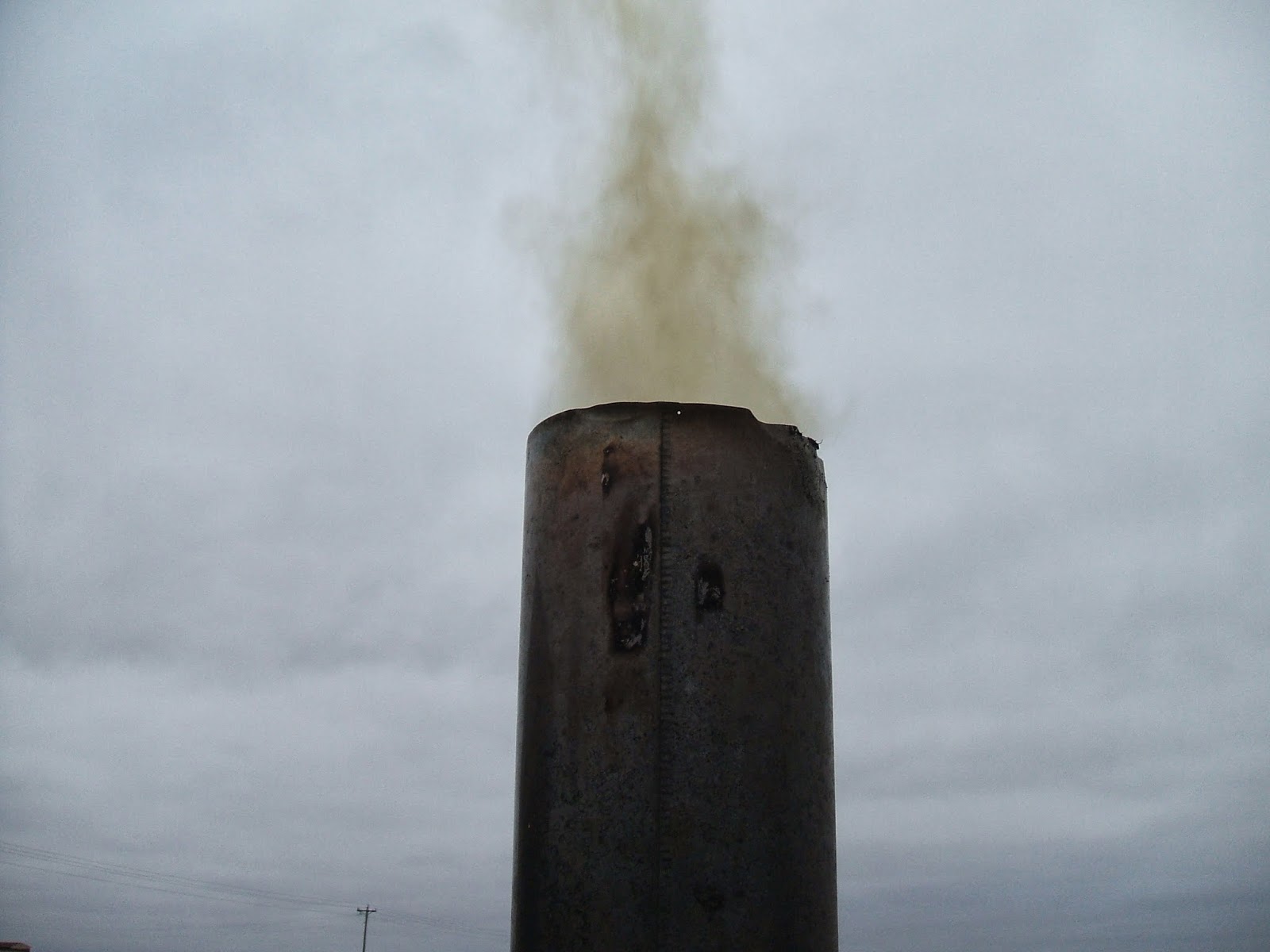I've been meaning to get a few pictures of some of the cattle, but for some reason it's a little difficult to do that if you don't put the camera in your pocket and/or also forget to put new batteries in it when you finally remember to put it in your pocket.
So, I decided to take some pictures with my phone and even though the quality might be a little low, you can still tell that, "By golly, that Rich guy actually does have some cattle!"
 |
One of the bulls, watch out for him.
 |
Two of the bulls, make double sure you watch out for both of them. You'd be surprised how hard it is to get two bulls to "pose" for the camera at the same time. When one is standing almost right for a picture, the other one decides he needs to throw some dirt on his back before his picture is snapped, then the other one decides that he ain't gonna let that other stinking bull get all prettied up for the camera like that so he has to throw some dirt on his back to show him up. So, I end up with pictures of at least one of the bulls throwing dirt on his back.
 |
Same two bulls, with a pond in the background (Hey, wait a minute, why isn't there any dirt being thrown around?!?). That pond almost looks huge in the picture, but it's only about an acre and a half in size. Until some beavers showed up and did their typical vandalism job there used to be some trees scattered around that pond.
It's right in the middle of calving, and my typical day is putting out some hay for the cattle, checking for any new calves, then catching, tagging, and banding the ones that are a couple of days old. I'd include some pictures of that, but it's a little hard to juggle a camera while holding down a calf.





























